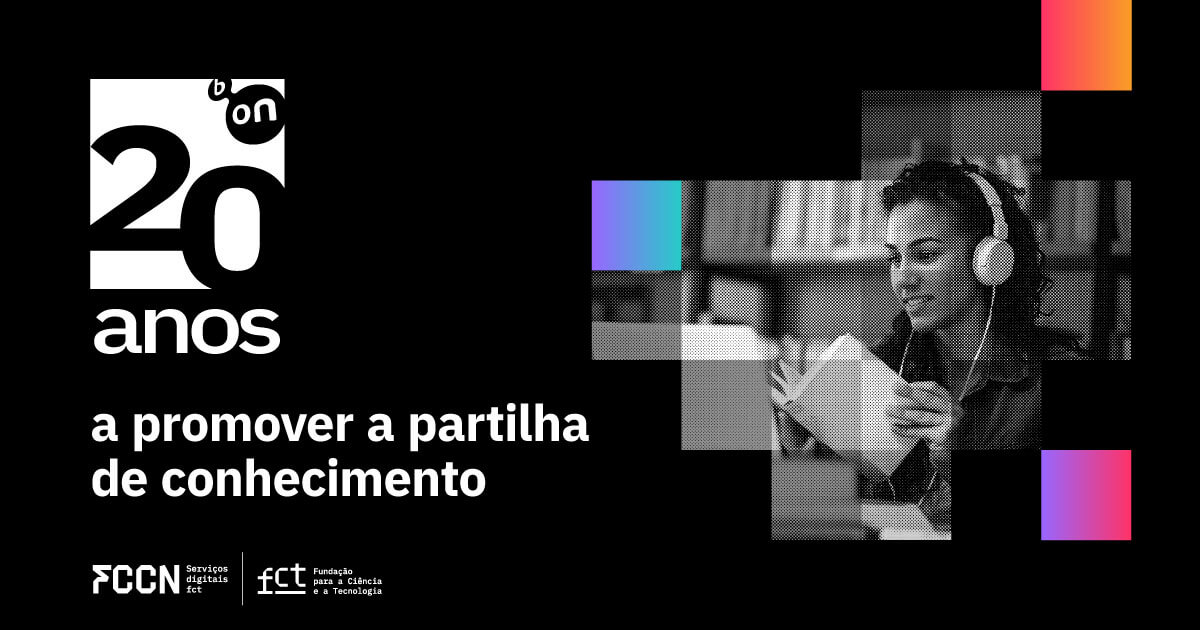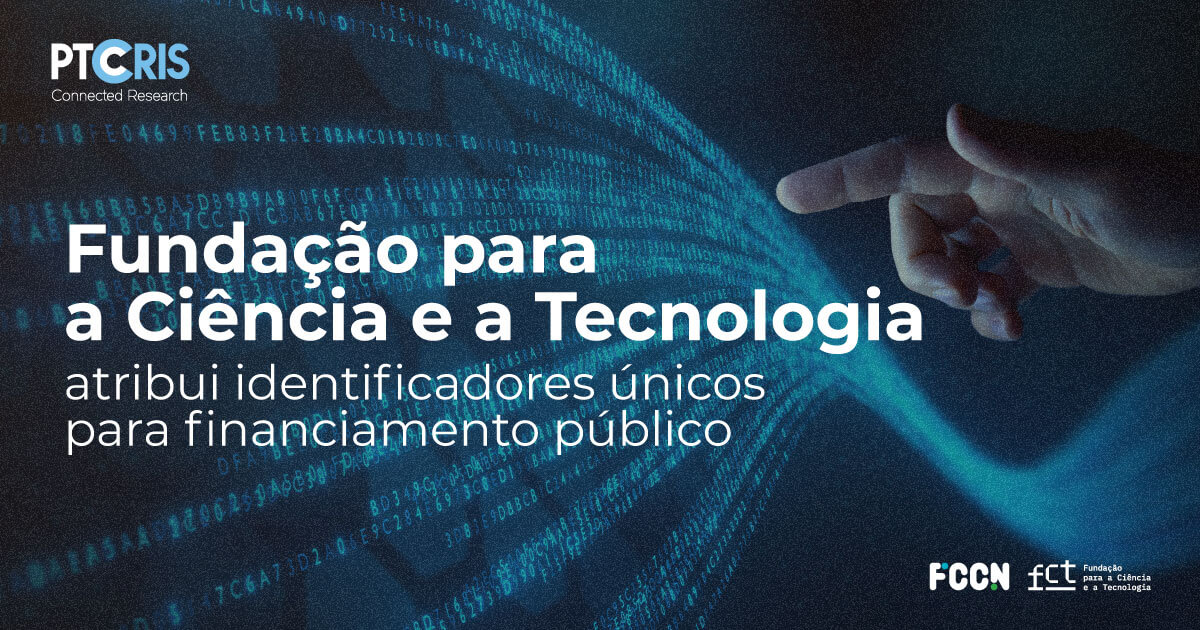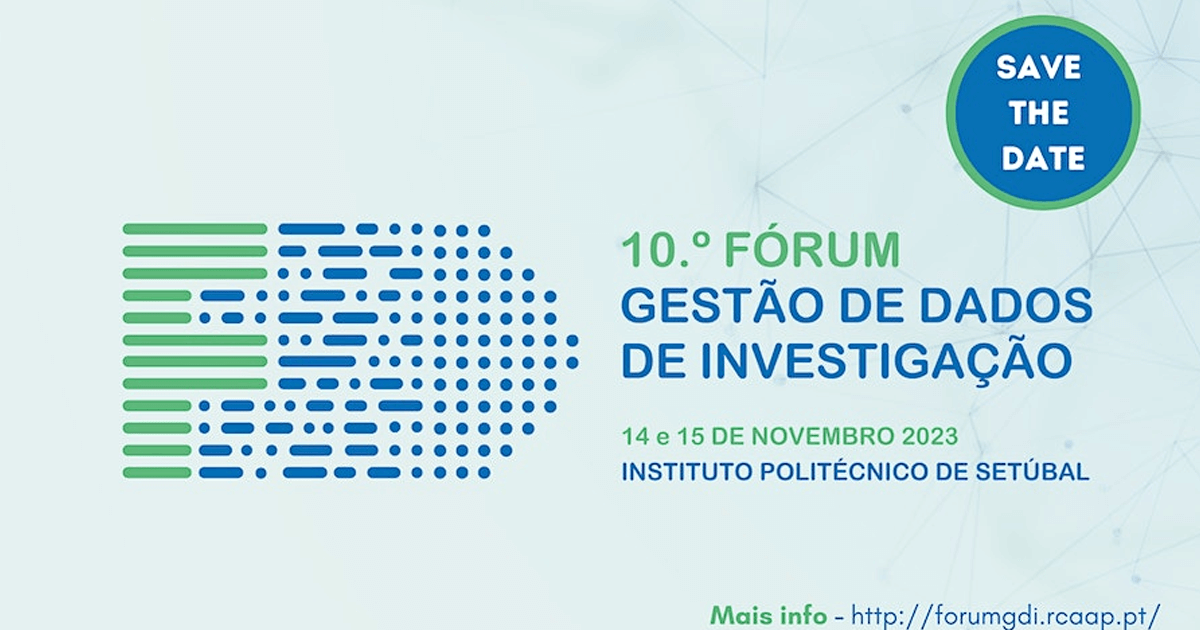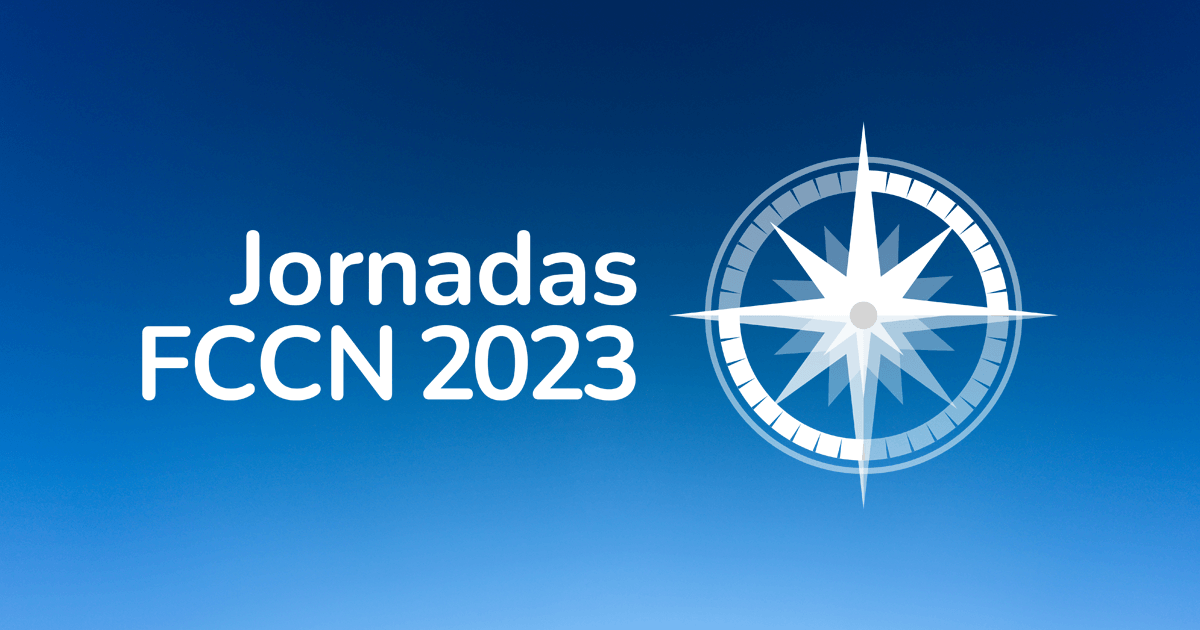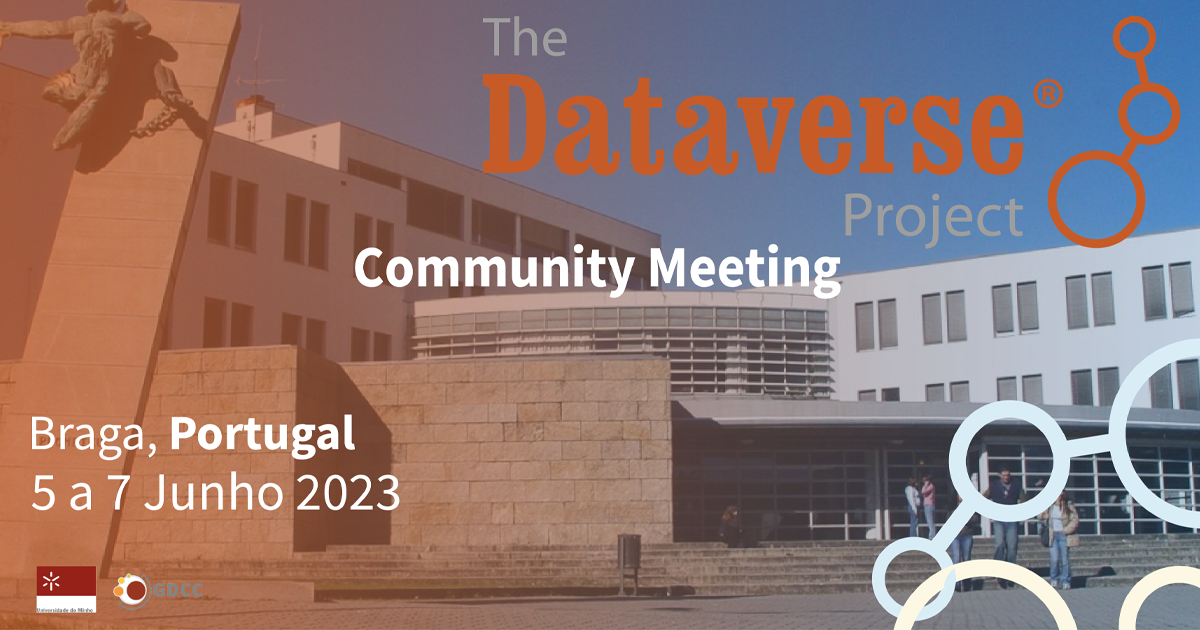The SciELO network has been supporting open access scientific communication since 2000. The manager of this activity, Paulo Lopes, tells you all about the role and relevance of this service of the Foundation for Science and Technology, managed through the FCCN unit.
What is the relevance of SciELO in the current scientific and academic paradigm?
SciELO (Scientific Electronic Library Online) plays an important role in the development of scientific research. By improving and expanding the means, infrastructures and capacities for communicating and evaluating the results of journals of growing quality in Portugal, SciELO enables them to be published in open access and progressively aligned with open science communication practices.
What are the main benefits of this alignment?
Adopting and complying with the same indexing principles, objectives, technologies and methodology, common to all the nodes in the network, has several advantages. It contributes to the systematic and sustainable increase in visibility, accessibility, quality, credibility, as well as the use and national and international impact of quality journals that make up each of the national nodes.
Is this feature constantly updated?
The criteria for journals to remain in the SciELO collection are frequently updated. This requires the continuous improvement of indexed journals, each one fulfilling its mission and aligned with the international state of the art in editing, publishing, dissemination, interoperability and scientific marketing.
How has SciELO evolved since it was founded?
Talks with the entities that manage the SciELO network began in 2000, and the SciELO Portugal node was launched in 2005, with an initial set of 7 journals.
The SciELO Portugal collection was certified in 2007 and, in 2018, work began between FCT and DGGEC to transition the management of the collection to FCT. This process ended in March 2021, when FCT took over full management of the service.
What are the most important steps along the way?
This process involved the creation of a new SciELO Portugal Advisory Committee, which generally selects the scientific journals that want to join the platform, reviewing the criteria that regulate the admission and permanence of journals in the collection.
Are there any recent figures that illustrate its size and growth?
The number of journals in the collection has grown over time, although since 2021, due to more demanding criteria and the need to change article marking technology, there has been a slight decrease in active journals.
At the moment, the collection consists of 59 active journals and 30 non-active journals. By comparison, in 2013 there were 43 indexed journals. The current collection has around 29,000 documents and more than 574,000 cited references.





